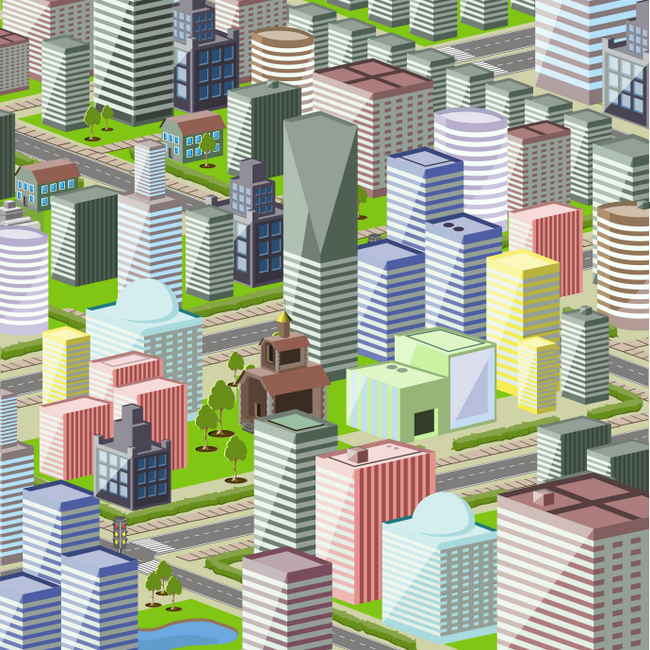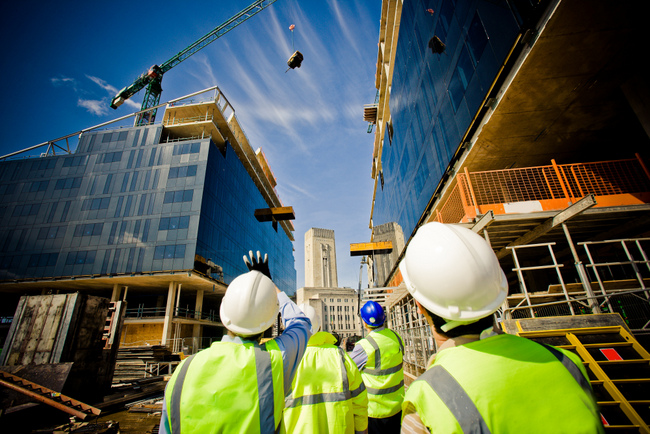Middle Market Growth
Positioned for Success
NAAHQ reports that apartment revenues in the nation’s top 100 largest metros currently exceed pre-recession levels by nearly 14 percent, with considerations for rising rents and the recovery in occupancy. While the usual top performers remain strong, suburban markets are showing a healthy recovery and bright future. Middle-markets are giving their high-end counterparts stiff competition. […]

